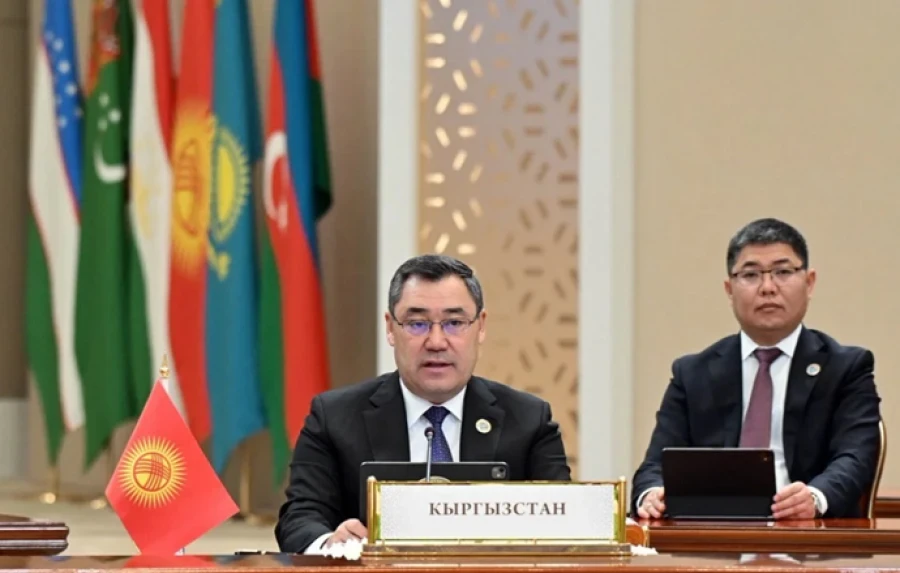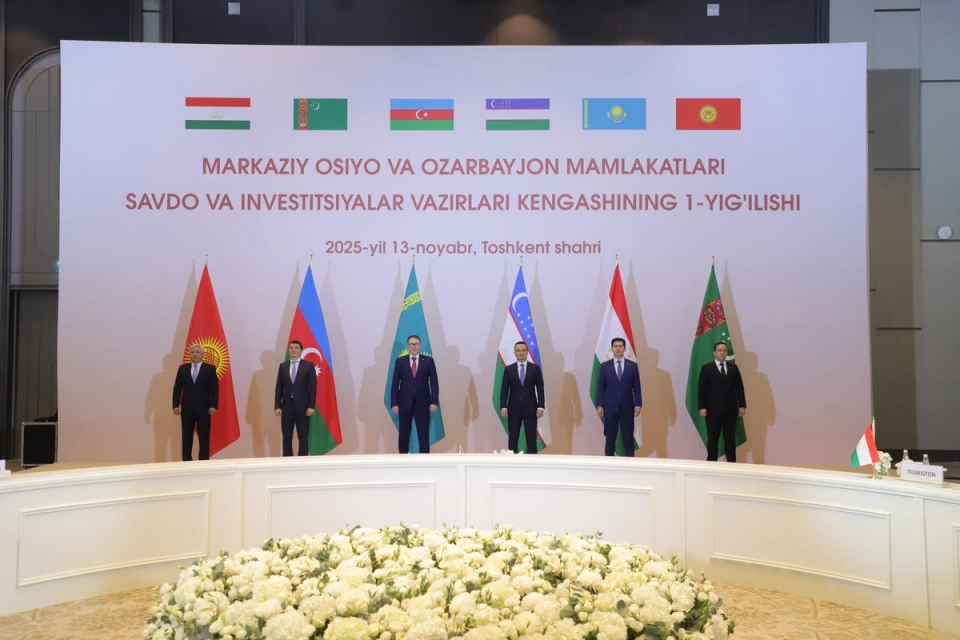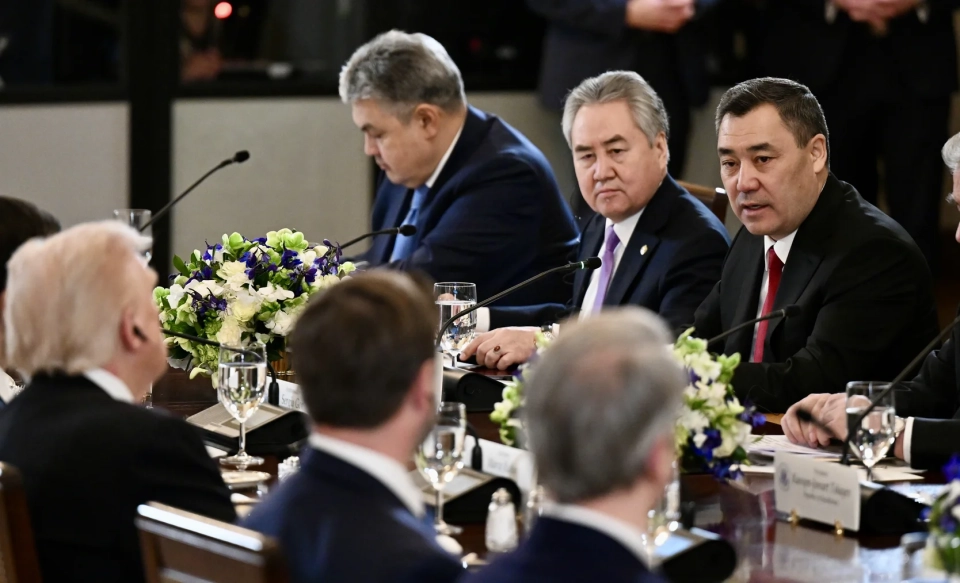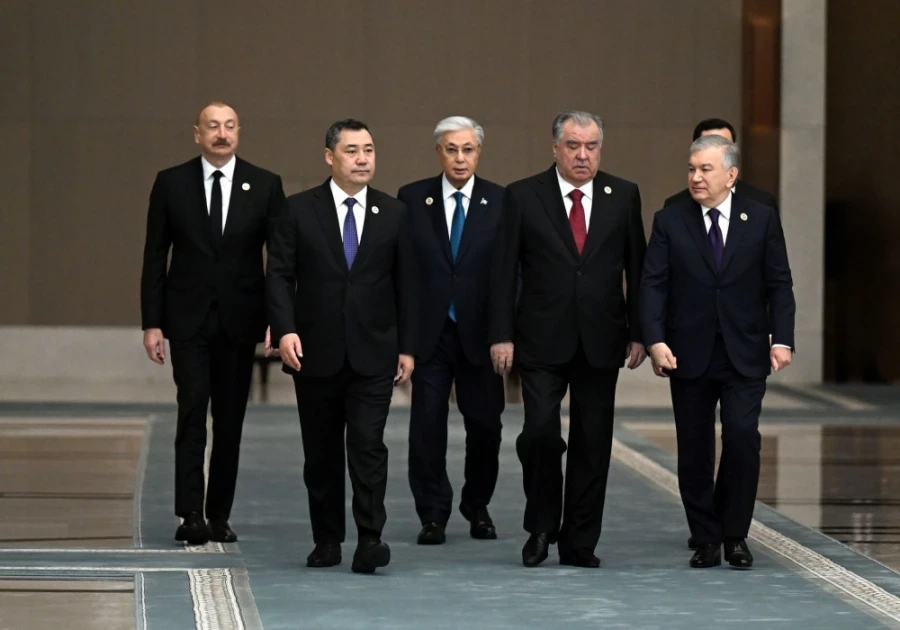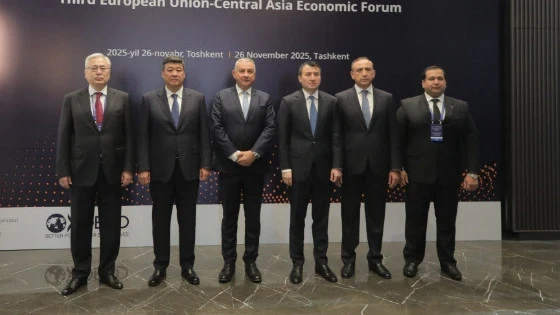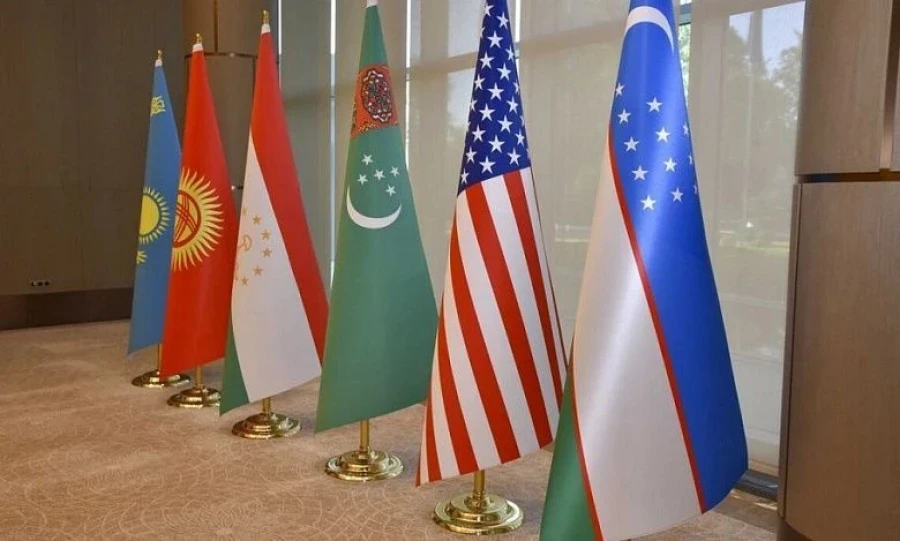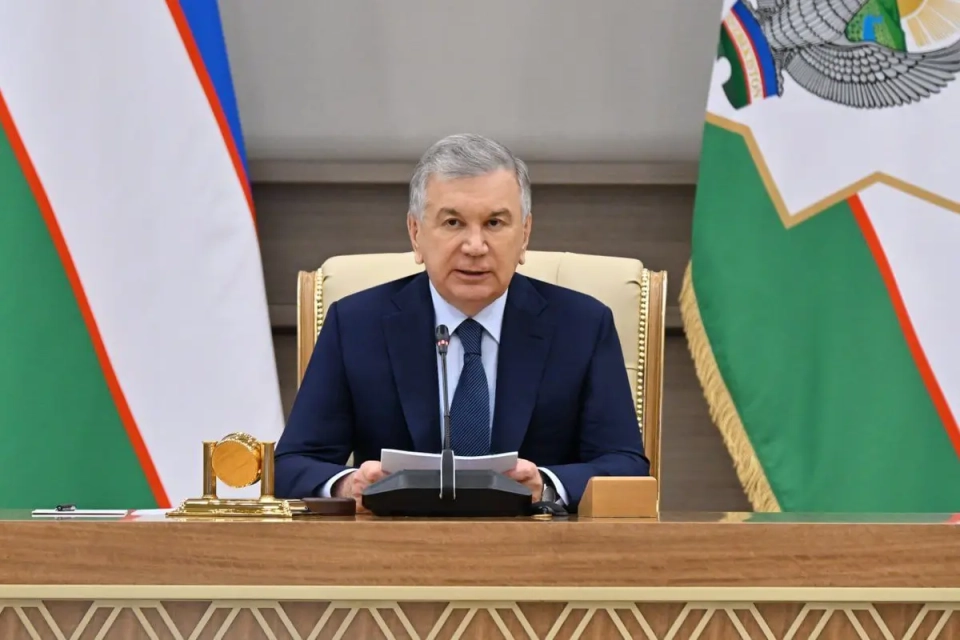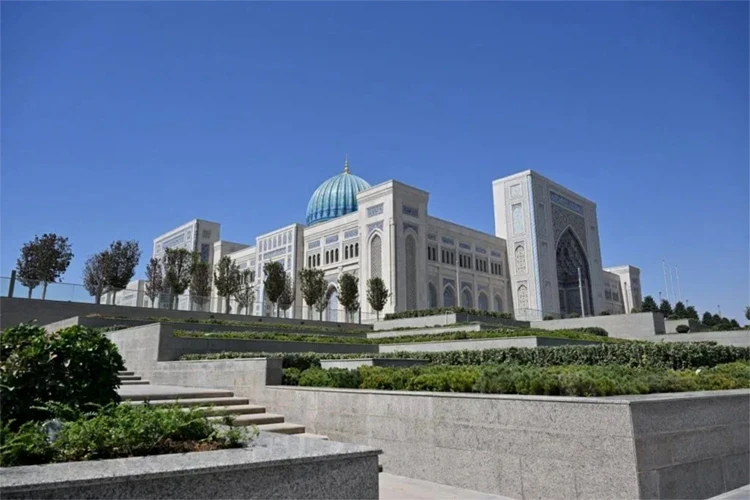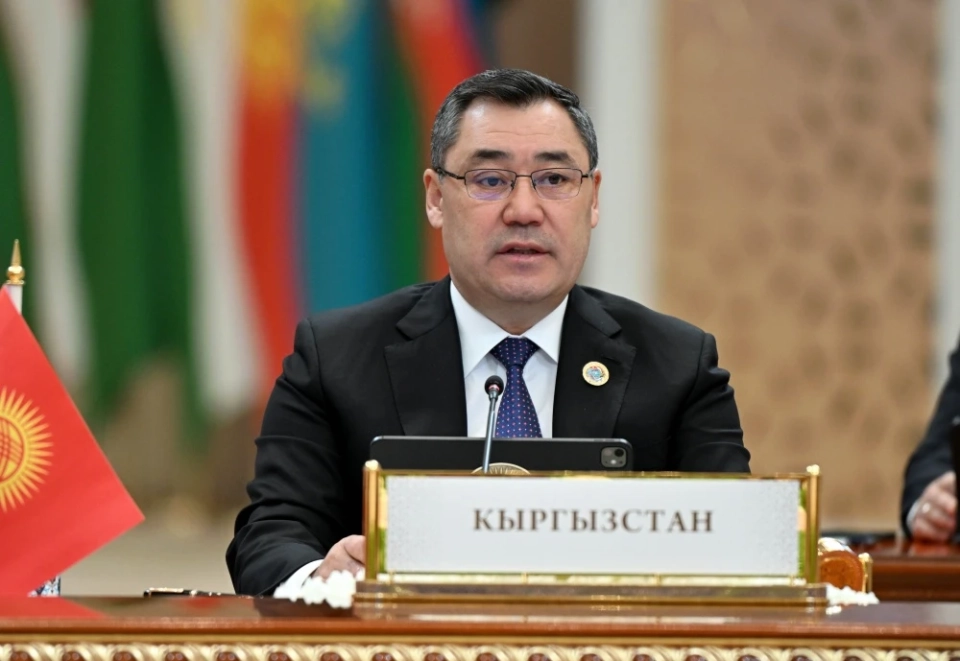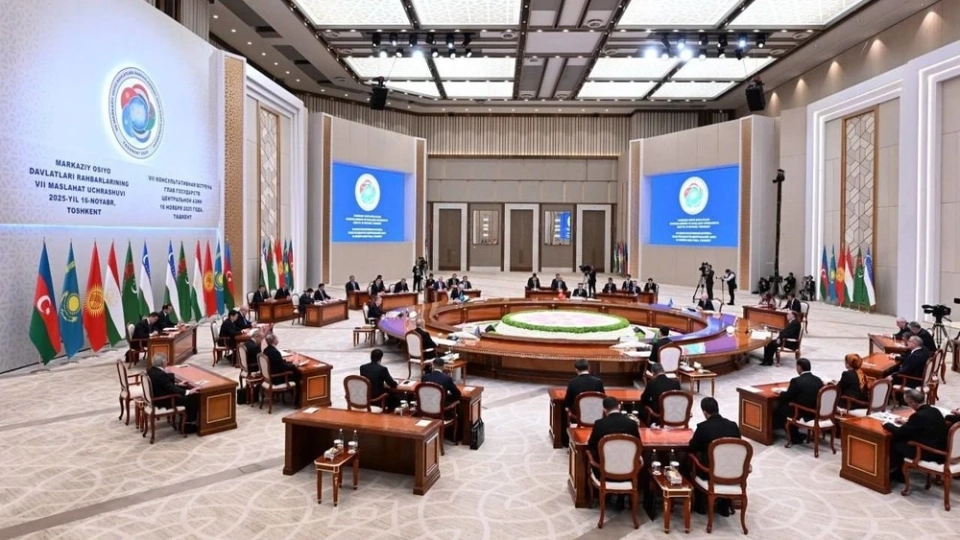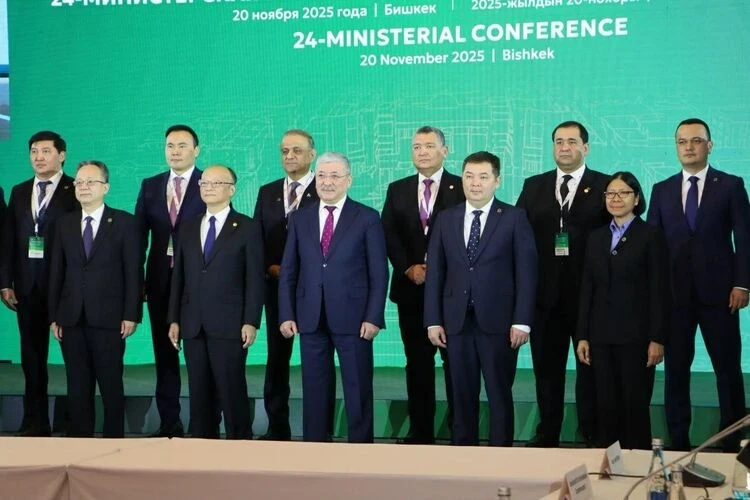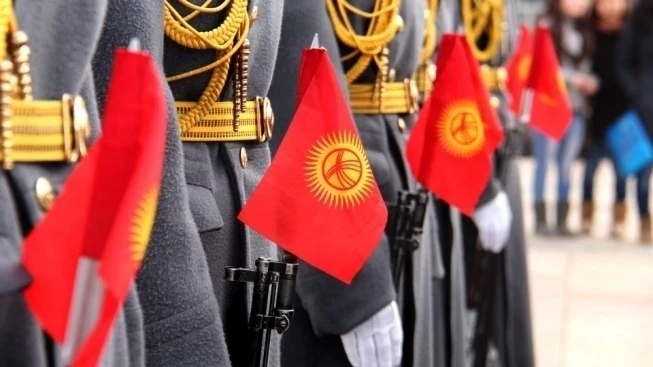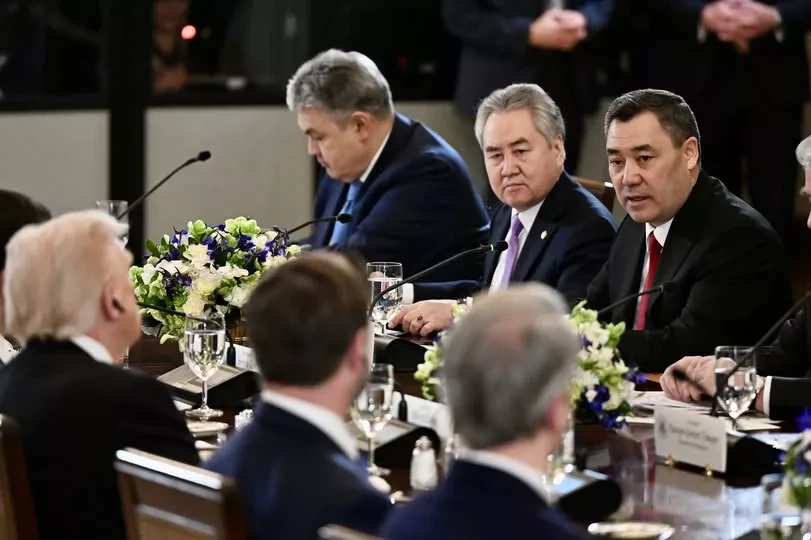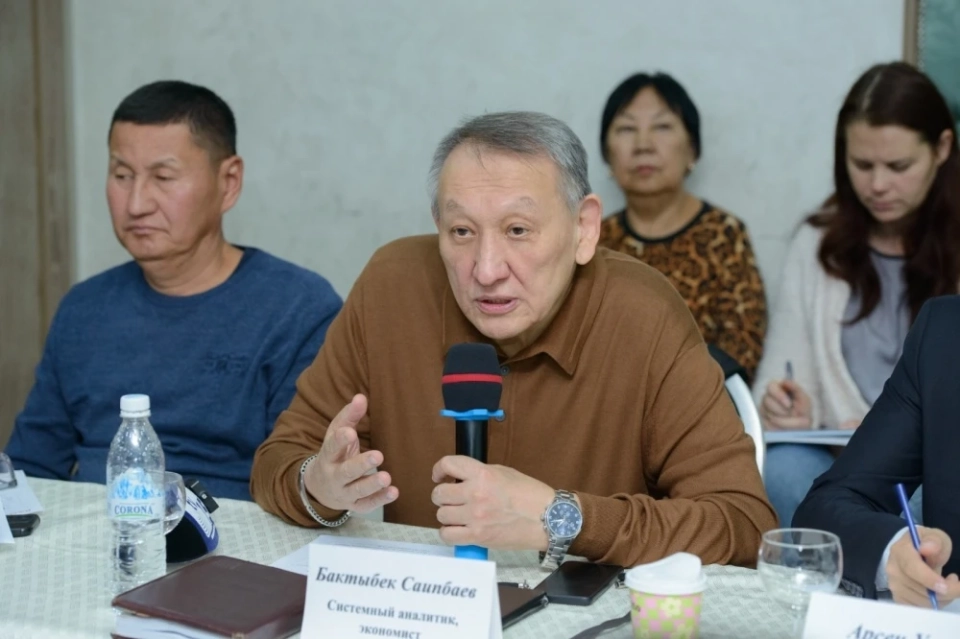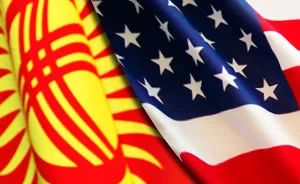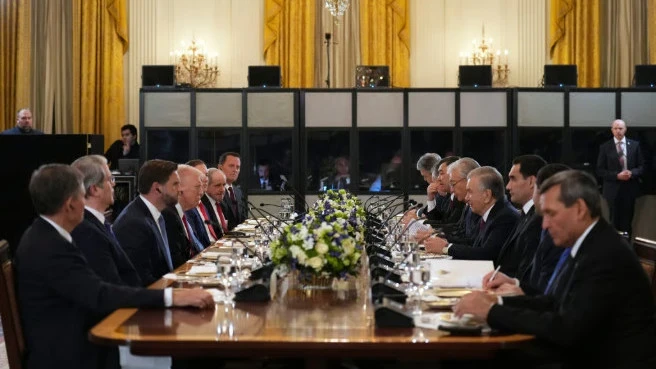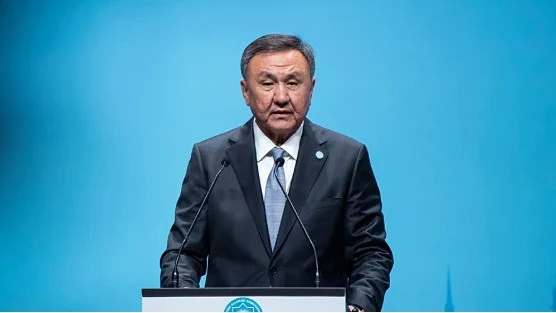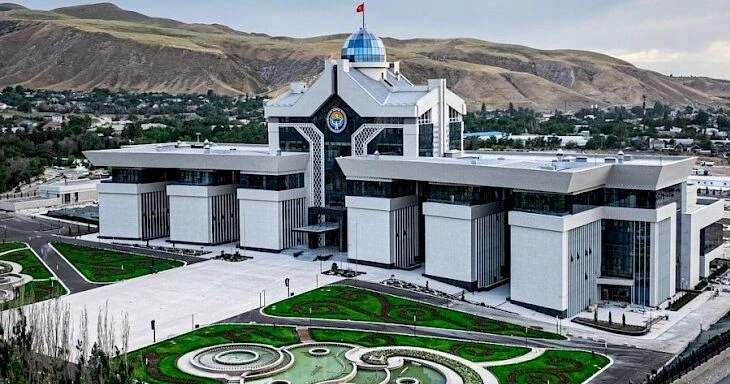
A significant shift in political dynamics is occurring in Central Asia, which has not been observed for an entire decade. The analytical center PONARS Eurasia highlights in its research that the region is transitioning from formal integration to more practical forms of cooperation, with major changes initiated by the states themselves rather than external players.
The document notes that previously, Central Asia was viewed as a zone with a low level of integration, where political and economic ties were fragmented. However, with the arrival of new leaders and stable commodity prices, countries have begun to interact more actively, implement joint projects, and seek ways to reduce dependence on external factors.
For Kyrgyzstan, this means an opportunity to strengthen its position in regional initiatives. The study records an increase in decision-making autonomy and an activation of Bishkek's foreign policy in multilateral platforms.
According to PONARS Eurasia, China has become a key economic partner for Central Asia:
— In 2023, the region's trade volume with China amounted to 94 billion dollars;
— with Russia — 45 billion dollars.
For Kyrgyzstan, this opens new horizons for cooperation with the Middle Kingdom, including projects for railway construction, development of digital infrastructure, and investments in the energy sector and hydropower facilities.
Against the backdrop of the conflict in Ukraine and the imposed sanctions, Russian influence is weakening, although cultural and migration ties remain significant.
The European Union, in turn, has become the second most important partner for the region: in 2024, its share in trade will be 22.6 percent, which opens new opportunities for Kyrgyzstan in logistics, green energy, and water projects.
PONARS experts define the countries in the region not as "small powers," but as emerging swing states — states that flexibly maneuver between China, Russia, the European Union, the USA, and Turkey, choosing partners depending on the current situation.
An example of this approach is the Kyrgyz Republic, which actively participates in the EAEU, C5 + EU, and various transport projects with China. This multi-vector approach provides Bishkek with more opportunities for negotiations and development in the fields of infrastructure, energy, and security.
The conclusions of the study are also important for Kyrgyzstan: the world is moving towards a rejection of carbon energy, and Central Asia is among the regions most vulnerable to climate risks.
The authors of the study point out the following points:
- Kyrgyzstan can become part of a "green energy corridor";
- The region needs unified standards and integration in electricity markets;
- The transition to renewable energy sources could strengthen integration more than any political initiative.
Today, the EU, China, and international banks are ready to invest in projects in the fields of water resources and solar energy — this gives Kyrgyzstan a chance to modernize its energy infrastructure, reduce dependence on coal, and address the issue of electricity shortages in winter.
The PONARS Eurasia study emphasizes: the region is no longer a periphery.
The five countries, including Kyrgyzstan, are shaping a new architecture of cooperation, in which key roles are played by:
- Water resources;
- Energy;
- Logistics;
- Resilience to climate change.
These issues, rather than loud geopolitical alliances, will determine the future of the region.

